Automation
What is Automation?
Automation refers to the use of technology to perform tasks automatically without the need for human intervention. In the context of content marketing and freelance writing, automation involves using tools and software to streamline processes such as content creation, distribution, scheduling, and analytics. Automation helps to increase efficiency, reduce manual workload, and ensure consistency in marketing efforts.
Why is Automation Important?
Automation is important because it allows marketers and writers to save time and resources. By automating repetitive tasks, you can focus more on strategic planning, creativity, and other high-value activities. Automation also ensures consistency and accuracy, reducing the chances of errors that can occur with manual processes.
Moreover, automation can enhance the effectiveness of marketing campaigns by ensuring timely and relevant interactions with your audience. For instance, automated email marketing can deliver personalized messages based on user behavior, leading to higher engagement and conversion rates.
Best Practices for Implementing Automation
1. Identify Repetitive Tasks
Start by identifying tasks that are repetitive and time-consuming but do not necessarily require human creativity or intervention. Examples include social media scheduling, email marketing, and data analysis. Automating these tasks can free up time for more strategic activities.
2. Choose the Right Tools
Select automation tools that suit your specific needs and integrate well with your existing systems. Popular tools for content marketing automation include Hootsuite for social media scheduling, Mailchimp for email marketing, and HubSpot for comprehensive marketing automation. Ensure the tools are user-friendly and offer robust support.
3. Personalize Automated Content
While automation helps streamline processes, it’s essential to maintain a personal touch. Use automation tools that allow for personalization based on user data and behavior. Personalized content is more likely to engage and convert your audience.
4. Set Up Workflows and Triggers
Create automated workflows and triggers to ensure that tasks are performed automatically based on specific conditions. For example, you can set up an automated email series to nurture leads based on their actions on your website. Triggers can include actions like signing up for a newsletter, downloading a resource, or making a purchase.
5. Monitor and Optimize
Continuously monitor the performance of your automated processes to ensure they are working as intended. Use analytics to track key metrics and identify areas for improvement. Regularly optimize your automation workflows to enhance efficiency and effectiveness.
6. Maintain Quality Control
Automation should not compromise the quality of your content and interactions. Regularly review automated content to ensure it aligns with your brand voice and quality standards. Make adjustments as needed to maintain a high level of quality and relevance.
7. Integrate with CRM and Other Systems
Integrate your automation tools with your Customer Relationship Management (CRM) system and other relevant platforms. This integration allows for better data management and more cohesive marketing efforts. It ensures that all customer interactions are tracked and leveraged for more effective marketing.
8. Stay Updated with Automation Trends
Stay informed about the latest trends and advancements in automation technology. Regularly update your tools and processes to leverage new features and capabilities. Keeping up with trends helps you stay competitive and make the most of your automation efforts.
By following these best practices, you can effectively implement automation in your content marketing and freelance writing processes, increasing efficiency, consistency, and overall effectiveness.
For more terms, return to the content marketing glossary and freelance writing glossary.

